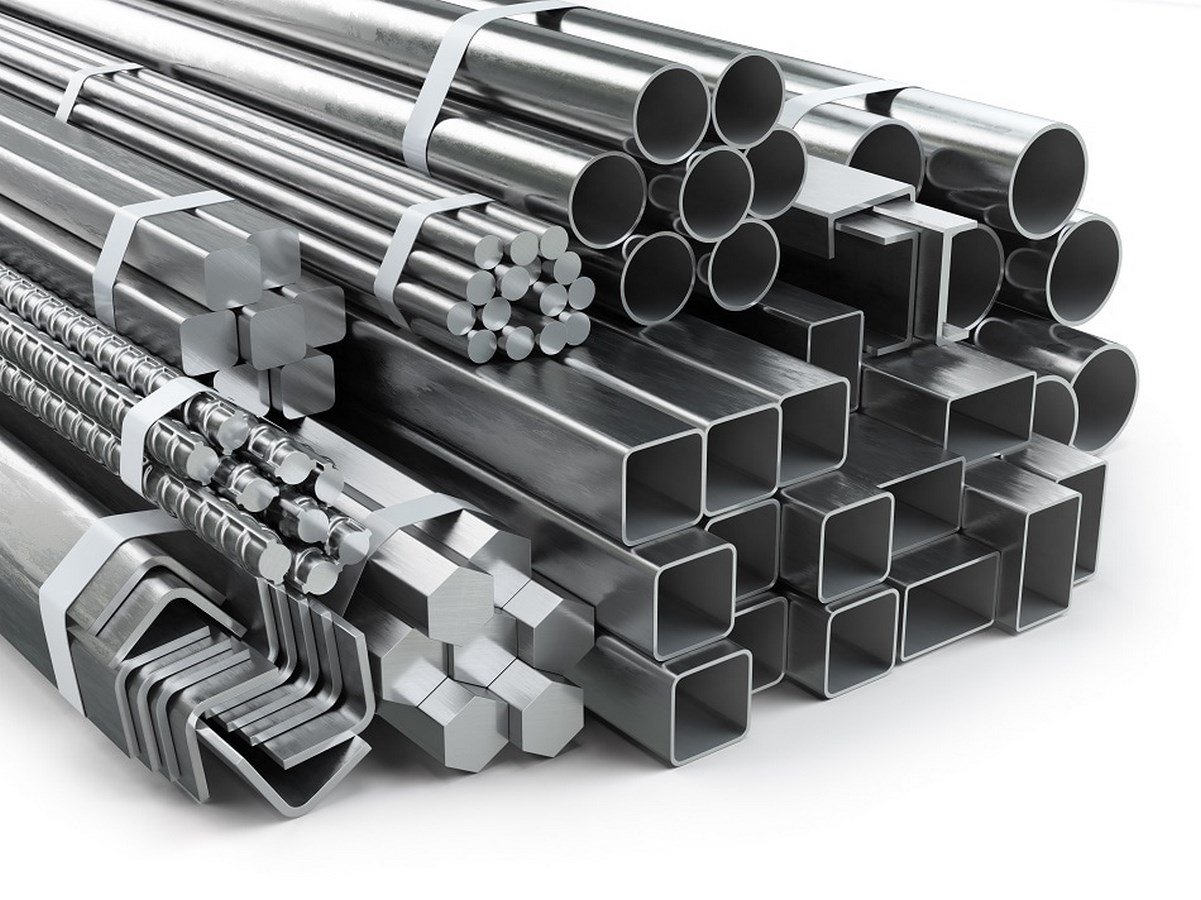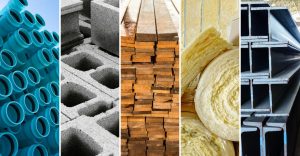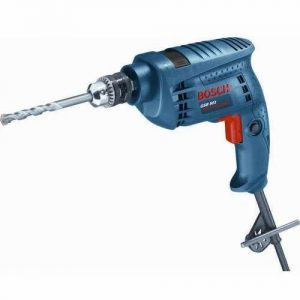
Steel is an essential material in the construction industry, providing strength, durability, and versatility to various structures. From towering skyscrapers to intricate bridges, steel plays a crucial role in shaping our modern world. In this article, we will delve into the fascinating realm of steel used in construction and explore its different types, each with its unique properties and applications.
- Structural Steel:
Structural steel is the backbone of most construction projects. It is primarily used to create load-bearing elements such as beams, columns, and trusses. This type of steel is known for its high strength-to-weight ratio, allowing architects and engineers to design structures that can withstand heavy loads while minimizing material usage. Common grades of structural steel include ASTM A36, A572, and A992. - Reinforcing Steel:
Reinforcing steel, also known as rebar, is used to reinforce concrete structures and enhance their tensile strength. By embedding rebar within concrete, the composite material gains the ability to resist cracking and withstand tension forces. Different grades of reinforcing steel, such as ASTM A615 and A706, are available to suit specific project requirements. - Stainless Steel:
Stainless steel is valued for its corrosion resistance and aesthetic appeal, making it a popular choice in architectural applications. It is commonly used in building facades, handrails, and interior finishes. With various grades available, such as 304 and 316, stainless steel offers excellent durability and a sleek, modern appearance. - Weathering Steel:
Weathering steel, also known as corten steel, develops a protective rust-like coating when exposed to the elements. This unique characteristic eliminates the need for painting and maintenance, making it ideal for outdoor structures like bridges, sculptures, and facades. ASTM A588 and A709 are commonly used grades of weathering steel. - High-Strength Steel:
High-strength steel is engineered to possess exceptional strength and toughness, allowing for the construction of lighter and more slender structures. This type of steel is commonly used in high-rise buildings, long-span bridges, and offshore structures. Grades such as ASTM A514 and A709 are known for their outstanding mechanical properties.
Conclusion:
The world of steel in construction is vast and diverse, with each type of steel serving a specific purpose and offering unique advantages. From the strength and versatility of structural steel to the corrosion resistance of stainless steel, these materials enable the creation of remarkable structures that shape our urban landscapes. By understanding the different types of steel and their applications, architects, engineers, and construction professionals can make informed decisions to ensure the success and longevity of their projects.


